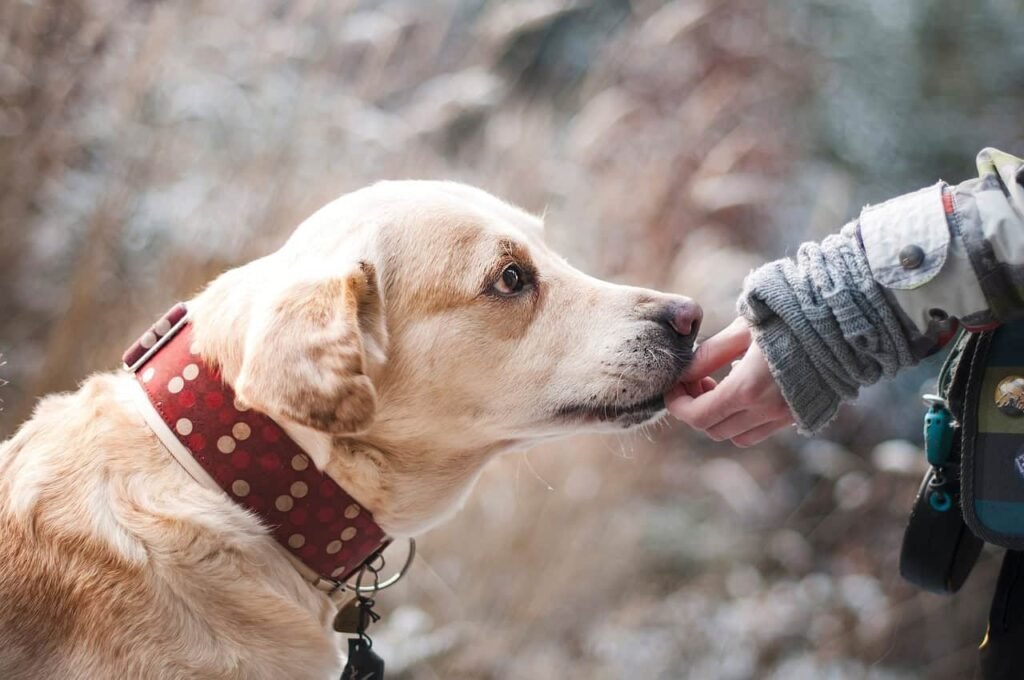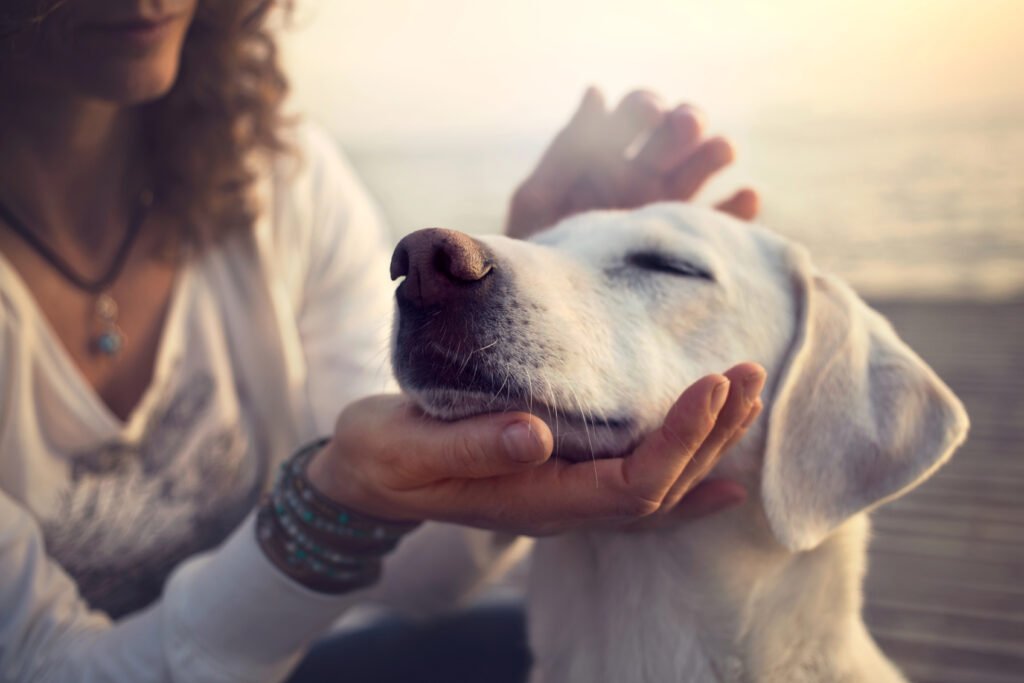Dogs are highly social creatures that thrive on interaction with their human companions. Regular attention not only strengthens the bond between you and your pet but also contributes to their mental, emotional, and physical well-being. Lack of sufficient attention can lead to a variety of behavioral and health issues. Identifying the signs that your dog might not be getting enough attention is essential for maintaining their happiness and overall health.
Excessive Barking

One of the most noticeable signs that your dog is craving attention is excessive barking. Dogs use barking as a means of communication, and when they feel ignored, they may bark persistently to get your attention. This behavior can become disruptive not only to your household but also to your neighbors, indicating that your dog needs more engagement.
Destructive Behavior

When dogs are left alone or feel neglected, they may resort to destructive behavior such as chewing on furniture, shoes, or even walls. This is often a sign of boredom or anxiety due to lack of stimulation and interaction. Providing your dog with attention, exercise, and enrichment can help redirect this energy into positive activities.
Clinginess and Separation Anxiety

Dogs that do not receive enough attention may become overly attached and develop separation anxiety. Signs include following you around constantly, becoming distressed when you leave the room, and displaying panic behaviors when left alone. Ensuring your dog has quality time with you can help alleviate these symptoms.
Loss of Interest in Activities

A dog that isn’t getting enough attention might show a loss of interest in their favorite activities, such as playing fetch or going for walks. This apathy can be a sign of depression or an indication that they’re not feeling mentally stimulated. Revisiting regular playtime and exercise can reignite their enthusiasm.
Changes in Sleeping Patterns

Like humans, dogs can exhibit changes in sleeping patterns when they are not getting enough interaction. Your dog might sleep more than usual out of boredom or lack of stimulation. Conversely, they might become restless if they are anxious from feeling ignored. Both scenarios suggest it’s time to engage more with your furry friend.
Increased Aggression

A lack of attention can lead to frustration in some dogs, which might manifest as increased aggression. If your dog begins snapping or growling more frequently, it could be a call for more attention and interaction. Addressing these behaviors early with training and positive reinforcement can prevent escalation.
Weight Fluctuations

Attention deficit can also lead to changes in your dog’s eating habits, resulting in either weight gain or loss. Boredom might cause some dogs to overeat, while others may lose interest in food altogether. Regular feeding schedules and interaction during mealtime can help maintain a healthy weight.
Frequent Pawing or Nudging

If your dog constantly paws at you or nudges you with their nose, it’s a direct plea for attention. While these actions are natural ways for dogs to communicate, if they become incessant, it’s a clear signal that your pet needs more of your time and engagement.
Ignoring Commands

Dogs that feel neglected may start ignoring commands they previously obeyed, as a form of acting out to gain attention. This lack of responsiveness is often a sign of frustration and should be addressed by increasing positive interactions and reinforcing training techniques.
The Role of Enrichment and Socialization

It’s crucial to provide your dog with adequate enrichment and socialization. Toys, puzzles, regular walks, and introductions to new environments can keep their minds and bodies active. Socializing with other dogs or people can also provide the varied interactions that canines need to stay happy.
Conclusion: Meeting Your Dog’s Attention Needs

Recognizing and responding to signs that your dog isn’t getting enough attention is vital for their health and happiness. By ensuring your dog receives adequate interaction and enrichment, you can prevent negative behaviors and foster a loving, mutually rewarding relationship with your four-legged friend.

Alex is a born and raised Capetonian with a strong love for animals and the outdoors. She is a Third-year veterinary student at the University of Pretoria in South Africa. She also completed a BSc in Animal Science at Stellenbosch University, where her passion for working with animals only strengthened. She has always surrounded herself with animals and has been fortunate enough to work closely with them.






